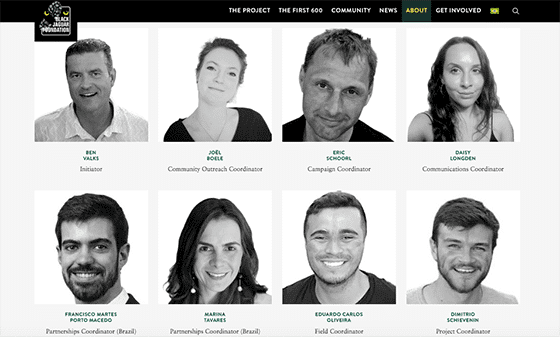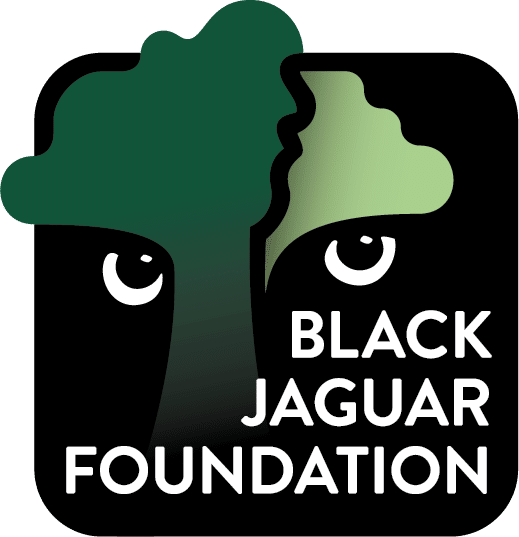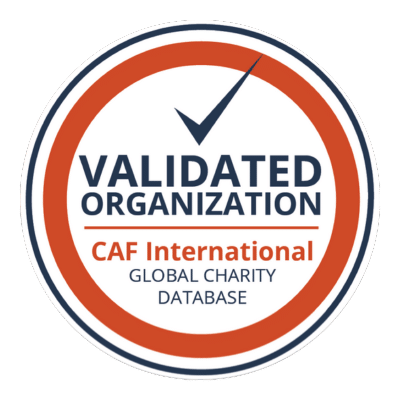We are extremely pleased to announce that another landowner in the corridor region has joined our grand mission. Introducing Fazenda Cedro! Also known as Fazenda H3C, the farm is located in the municipality of Santana do Araguaia, Pará State, in the heart of the Corridor.
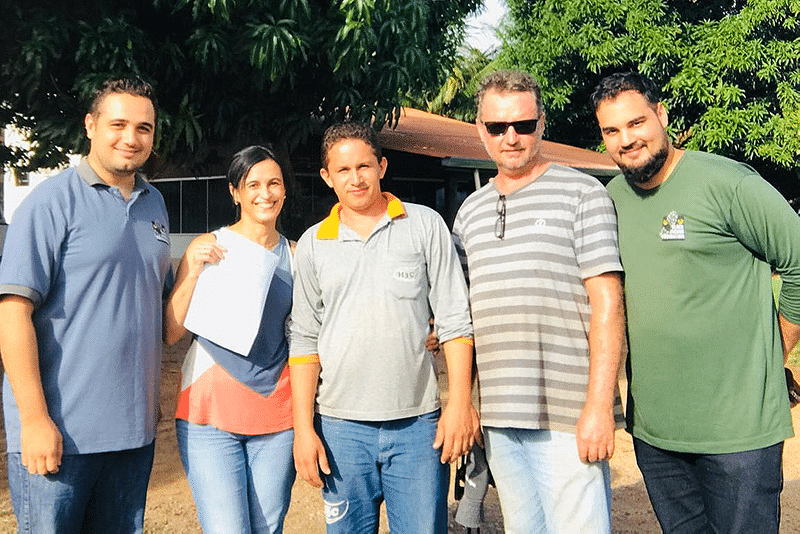
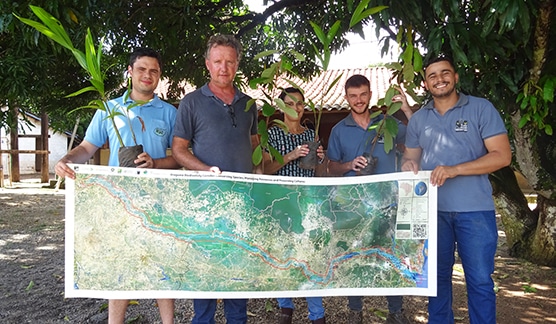
Originally from the south and southeast of Brazil, owners, Clóvis and Regina Molke, are proud to be a traditional family of farmers who always seek to produce with respect for the environment. Regina emphasises the need to take care of natural resources, commenting that without these, agricultural activity itself becomes infeasible. At the property, special care is taken with actions such as waste disposal and they are involved in the fight against forest fires. Clóvis and Regina’s son, Luiz Eduardo Molke, is studying to become an agronomist, following the family tradition and contributing to the discussion surrounding the sustainable future of the farm.
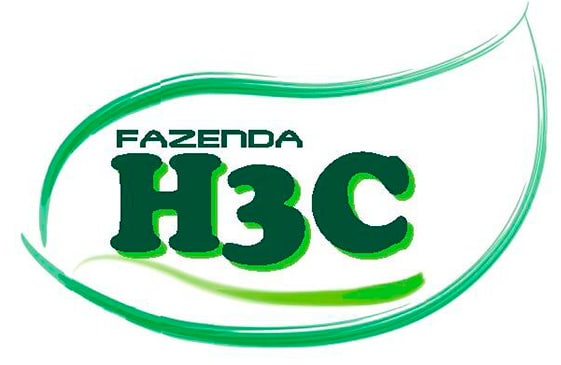
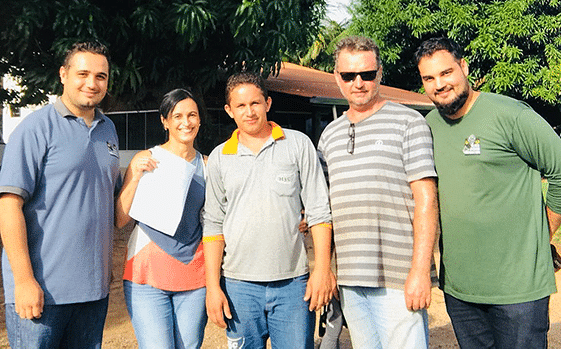
It is natural for farmers to be concerned with conserving forests within their properties, Regina commented, “Trees are very important for the environment, it is through the forest that the groundwater is preserved, and with that both the soil and the quality of the air are improved. People who have always lived on the land are more aware of this and more willingly preserve it.”
She continued, “BJF’s initiative to reforest and assist in this process is very important and will greatly accelerate the recovery of areas of the forest. As a consequence, the fauna will also benefit, with birds, turtles, mammals, and reptiles being allowed more space and more food to survive.”
Why are landowners such an important part of our mission?
We rely on creating partnerships with farmers in the region who then allow us to reforest areas of their land which have become degraded. These landowners are obliged by Brazilian law to preserve native vegetation in at least 20% of their land. These areas are called legal reserve (RL) and permanent protection areas (APP). We provide financial and technical support to help farmers adhere to the law, meanwhile restoring biodiversity, water security, soil quality and so much more.
Find out more about our partnerships with farmers along the corridor.
Published 5th March, 2020
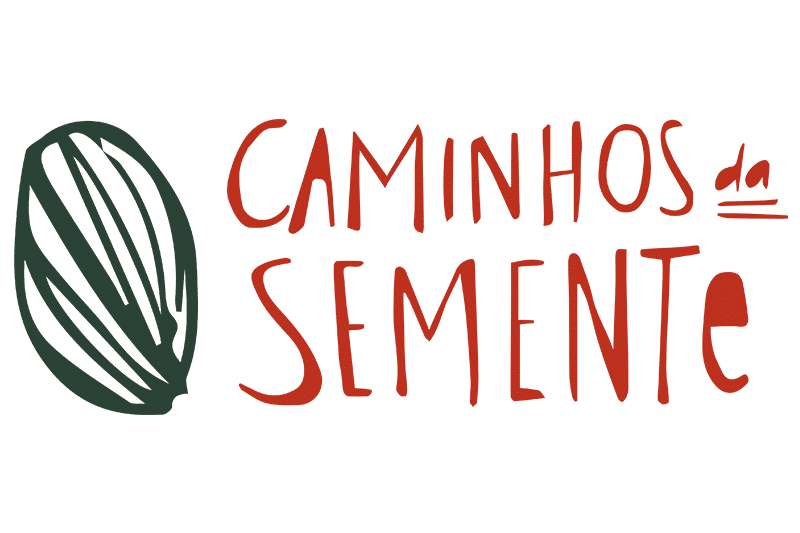
Introducing Caminhos da Semente, experts in direct seeding and new BJF technical partner. They will be a crucial partner for us in the coming years as we expand and perfect our restoration techniques. Their mission? To help reforestation initiatives, such as the BJF, succeed and maximise their efficiencies. Caminhos da Semente will be working in direct collaboration with our team in the field to improve our direct seeding techniques.

The Caminhos da Semente initiative is coordinated by Agroicone, with technical support from the Socio-Environmental Institute (ISA) and technical and financial support from the United Kingdom Partnerships For Forests (P4F) program. The initiative is part of the strategic Action Plan to promote direct seeding. This was prepared with the collaboration of more than 250 specialists, working in more than 160 organisations.
“We found that direct seeding is still a little used method in Brazil, despite its economic and socio-environmental advantages, because there are important barriers to be solved, one of which is a lack of knowledge about the method in São Paulo”, explains Laura Antoniazzi, partner Agroicone and general coordinator of the Initiative.

Direct seeding requires heavy soil preparation followed by the distribution of seeds directly onto the soil. This method is often under-utilised however when enlisted correctly can create huge economic and efficiency gains, creating a denser ecosystem quicker than other methods. Direct seeding is especially useful to restore savanna areas, as we’re able to reintroduce all forms of life at once: trees, bushes and grasses.
Published 5th March, 2020
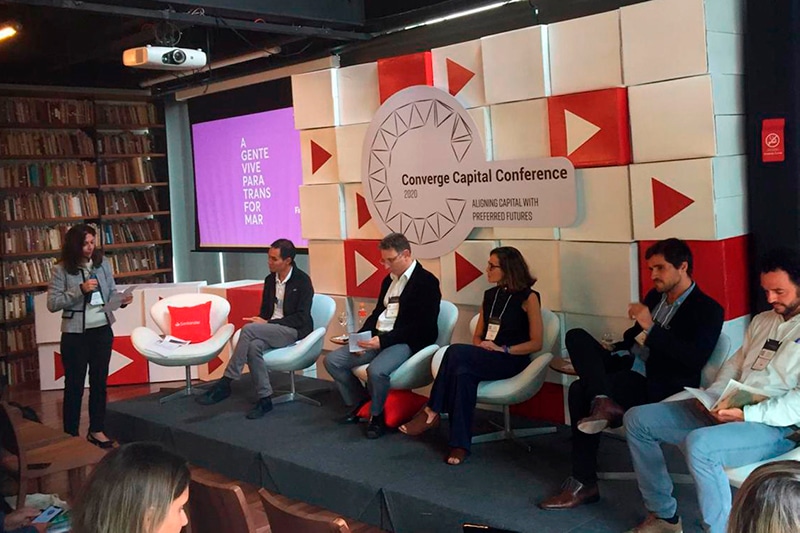

Last month, the Black Jaguar Foundation had the honour of being invited to participate in the Converge Capital Conference, in Rio. A meeting that gathered the elite of global investors and looked to shake up the impact investment scene in Brazil.
In this forum, launched the preliminary results of the Araguaia Biodiversity Corridor cost-benefit analysis. This academic study was conducted throughout 2019, measuring the numerous impacts and benefits in relation to the total costs of restoring the corridor.
Find out more and view the preliminary results: bit.ly/greencapitalbjf
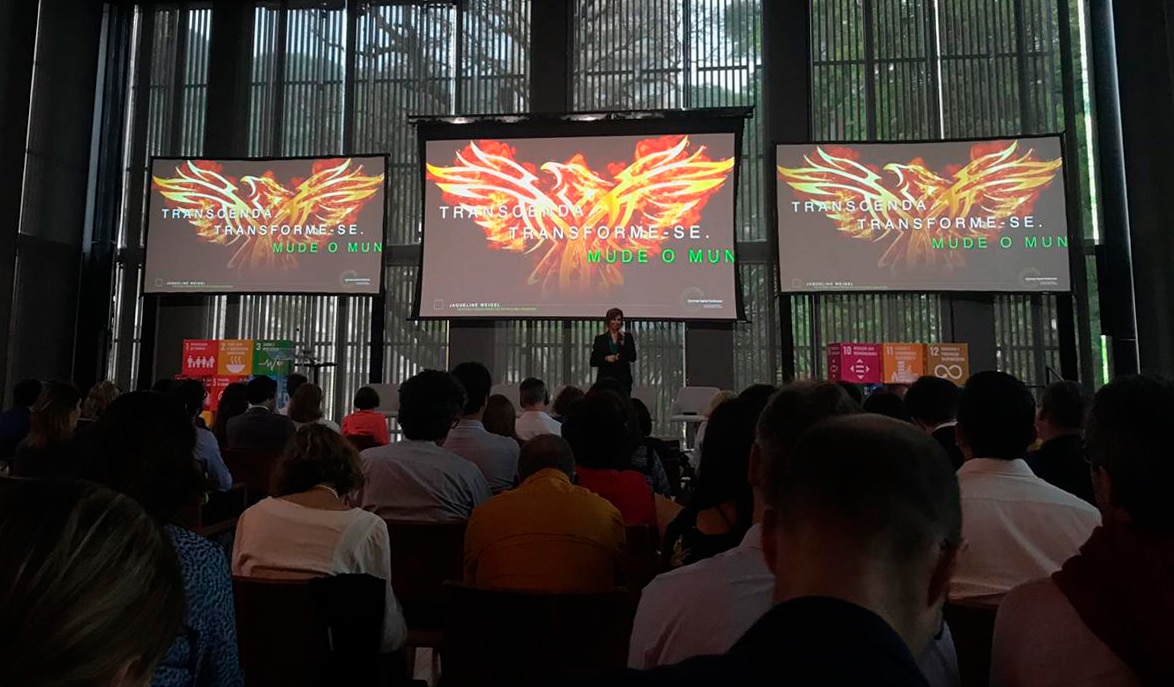
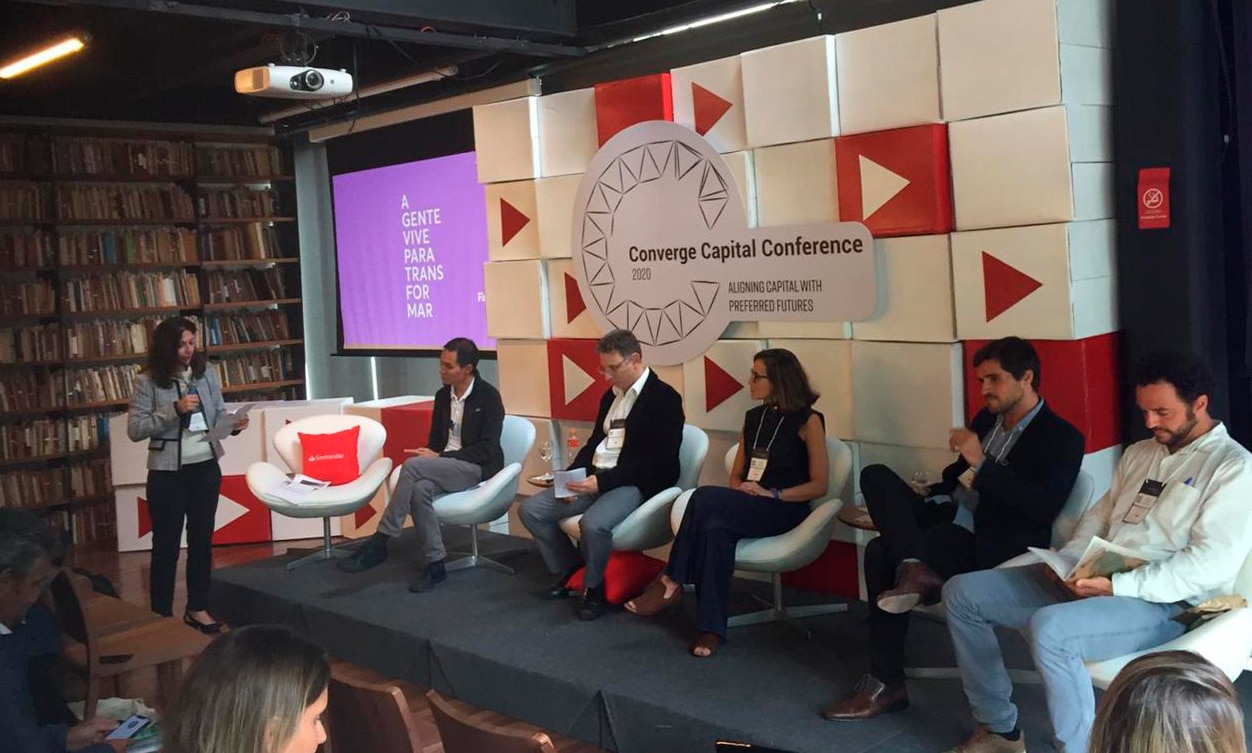
During the event, our Partnerships Coordinator in Brazil, Marina Tavares, also took part in an inspiring panel discussion. This explored the possibilities for impact investing and venture philanthropy in relation to restoring our forests.
This event represented the future of Brazilian investing and the immense possibilities for collaboration and progress surrounding the preservation and restoration of our essential ecosystems.
Published 5th March, 2020

Long-time BJF sponsor and loyal friend Scelta Mushrooms has renewed their membership for a sixth year in a row! Beyond being passionate about producing high quality, innovative food, Scelta invests heavily in the future. Jan Klerken, CEO of Scelta, shares our passion for a greener world and is increasingly gearing the company towards a more sustainable future.

Scelta celebrated their 25th Anniversary in 2018. As the number one mushroom processing company in the Netherlands, they now supply approximately 800 partners in 70 countries. Innovation is in Scelta’s DNA. It is the driving force that has shaped and continues to shape the company. Constantly developing and adapting to meet the new global demands of the food production industry, Scelta maintains their focus on three main pillars: taste, health and sustainability.
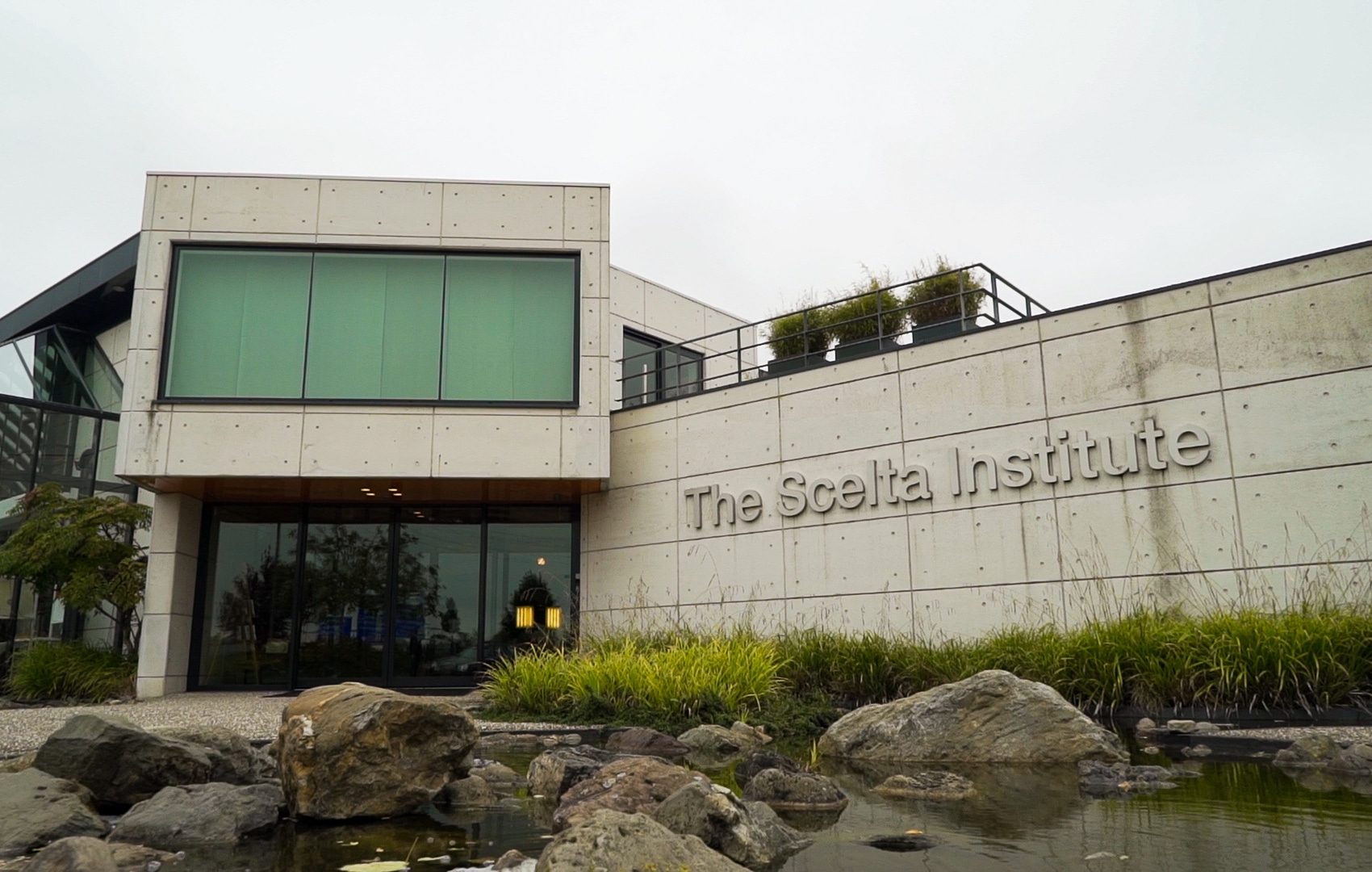
The Scelta Institute, Venlo. Location of the 2018 BJF celebration event.
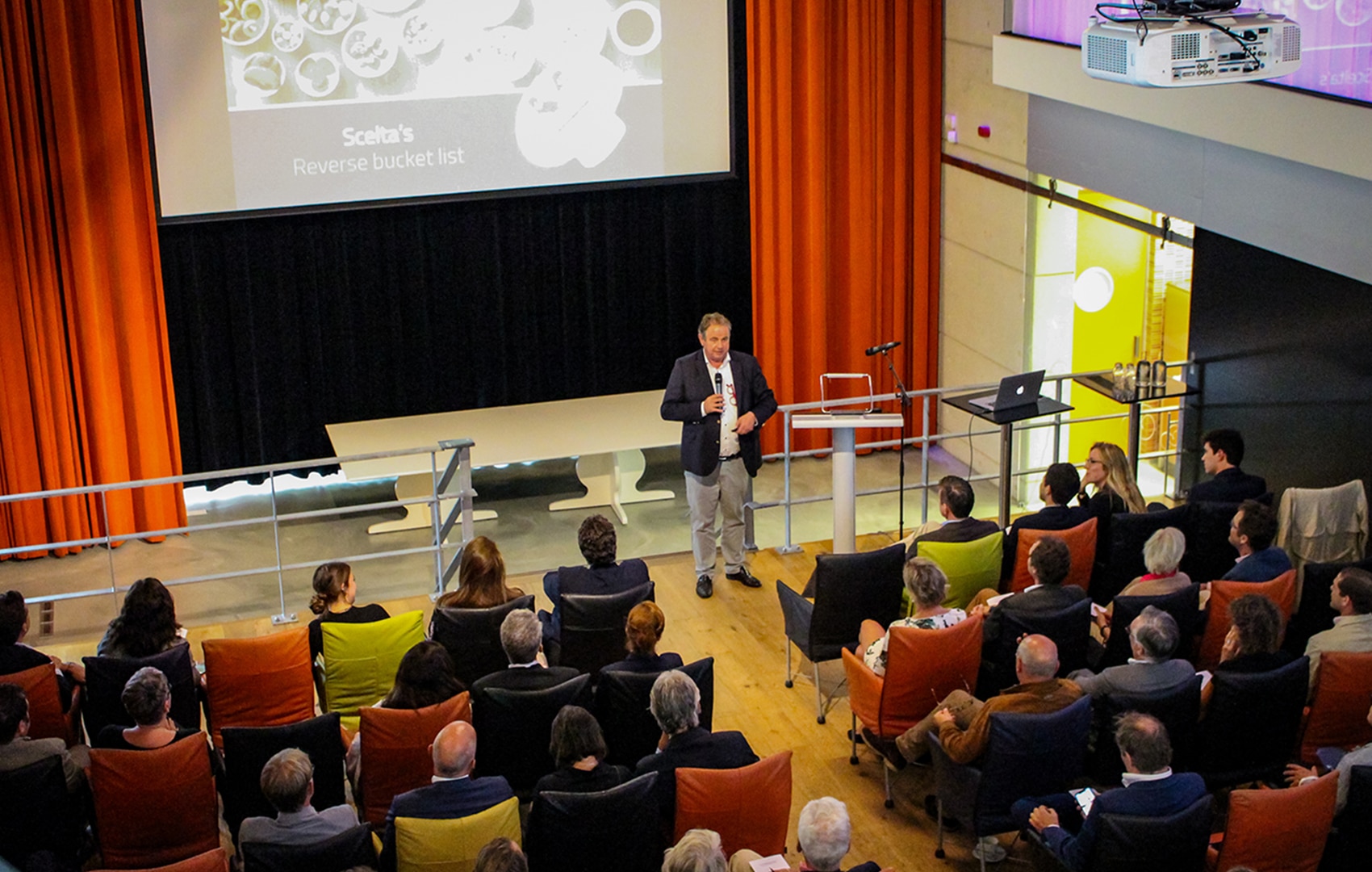
Jan Klerken, Scelta CEO, speaking at the 2018 BJF celebration event.
Scelta Mushrooms has been a hugely impactful sponsor of the BJF for many years now, and we look forward to many more years working together in our shared mission for a more sustainable, more green future.
Published 5th March, 2020
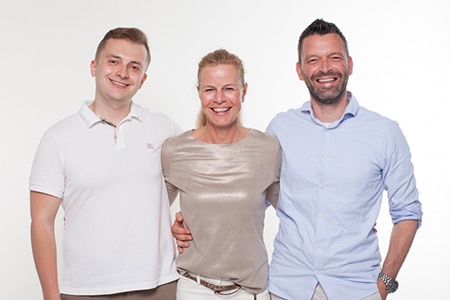
WeAreBrain has been a crucial partner since the beginning of our journey! As a web and IT development firm we work closely with them to make our IT dreams become a reality.
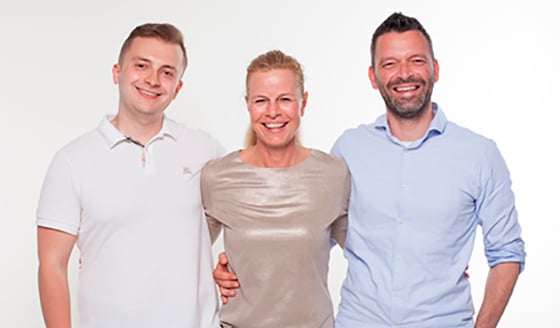
They recently helped facilitate the development of our Portuguese website and are now part of our crucial next stage. Working with us so we can engage our wider, global community and prepare to launch our “Donate Your Tree” campaign. This will allow friends and supporters to directly sponsor any chosen quantities of trees, in doing so they will become a Green Friend and become a vital part of the mission to realise one of the largest reforestation projects on the planet.
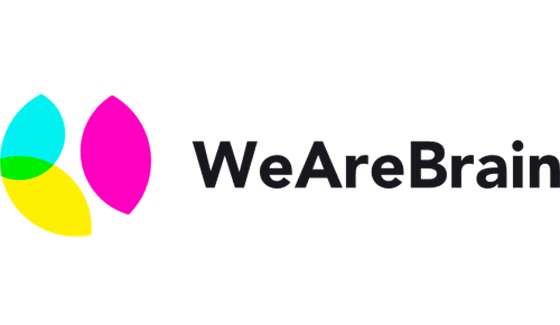
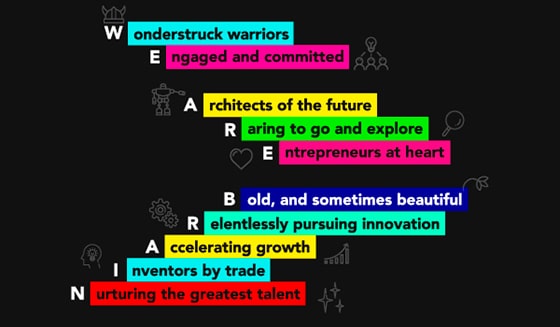
Founded in 2014, WeAreBrain is an award-winning technology partner to international organisations and innovative scale-ups. With expertise in everything from exploratory research and analysis to design, they’re able to cater to the specific needs of each organisation and have readily adapted to meet any challenges we have thrown their way. They have provided invaluable support over the past years, we thank them greatly and look forward to continuing our exciting partnership.
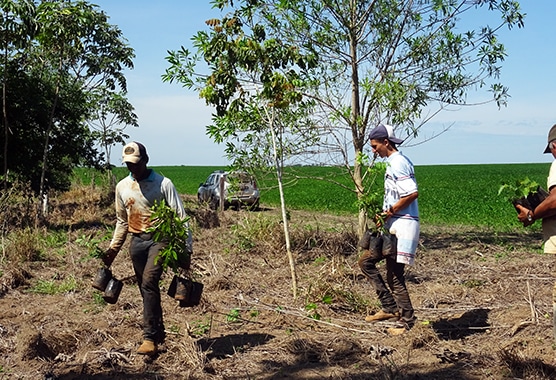
In December 2019, we embarked on our second planting season in Brazil. This year we are being more ambitious than ever as we start to action plans to plant our first million trees.
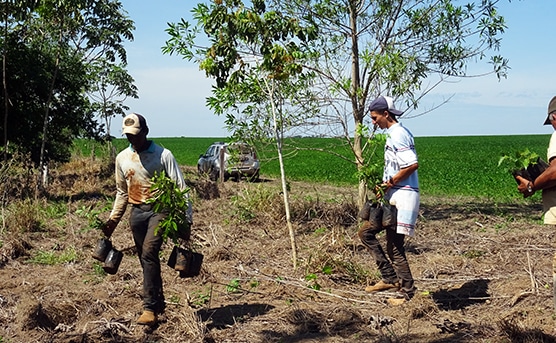
Using the knowledge acquired from the last rainy season, we’re perfecting our restoration techniques. Learning from experience, research and from our technical partnerships, this year we have particularly developed our direct seeding techniques, one of 5 methods we use in our restoration work.
We’ve also gained an even better understanding of which tree species are optimum to rebuild the forest structure. For example, this year we’re using more legume trees (Fabaceae family). These are Nitrogen fixing which will increase the health of the soil, improving its fertility and allowing future plants to flourish.
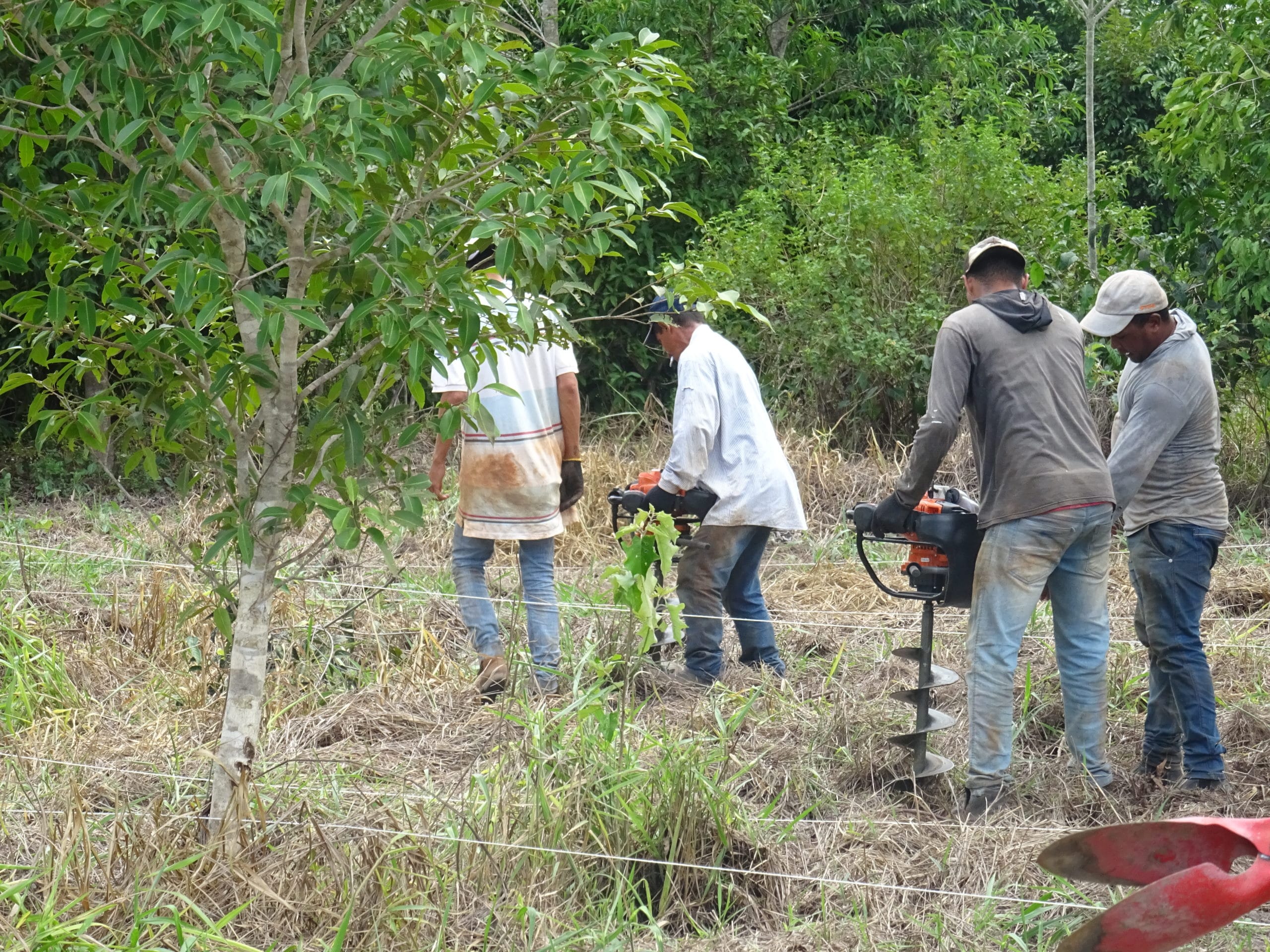
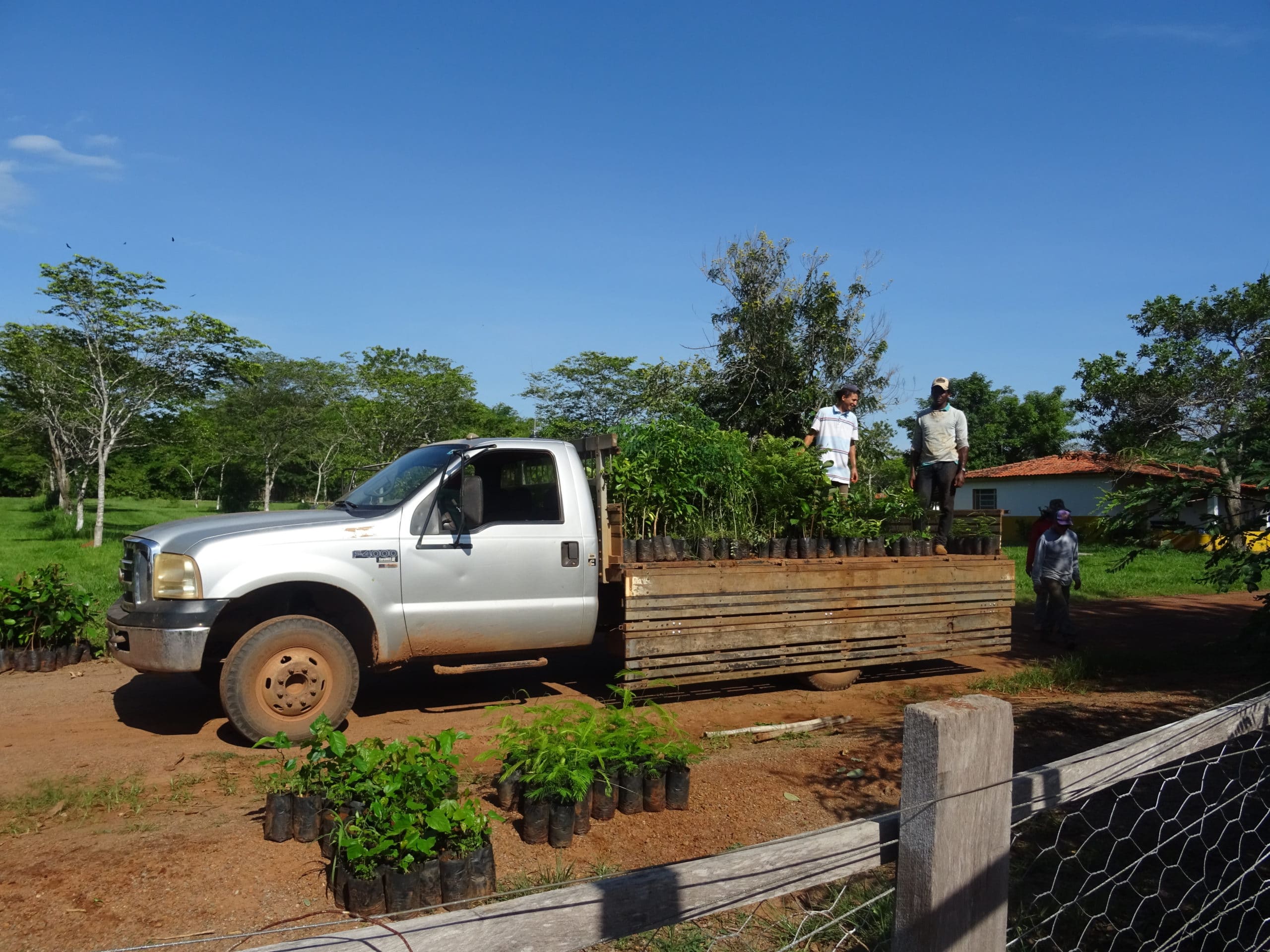
These months see the year of preparation come to fruition, as the seedlings that have been carefully grown in our nurseries are planted. Taking root in their new home and officially fulfilling their role in the restoration of the Araguaia biodiversity corridor.
As this planting is going on, preparations have already begun for next season!
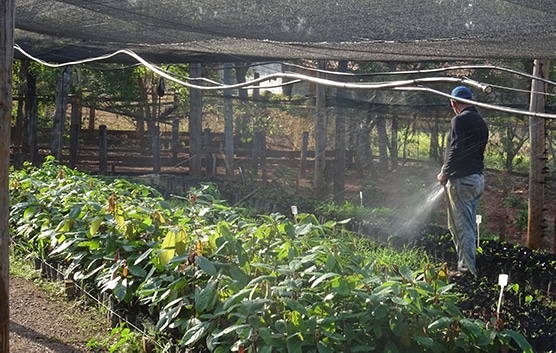
Published 30th January, 2020
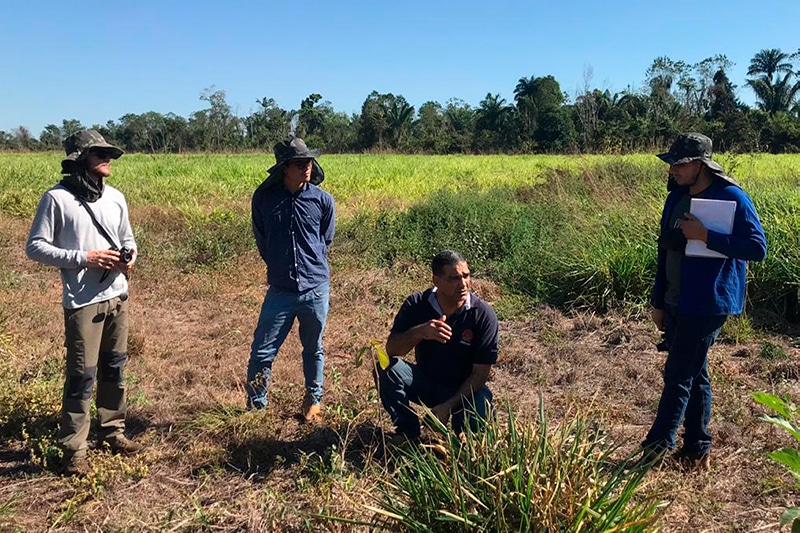
At the end of 2019, the BJF hosted an event with the landowners syndicate of Santana do Araguaia. This was led by our technical partner, Bioflora Restoration Technology, who are now working with us to increase our engagement with new landowners. During this day, André Nave, Director of Bioflora, gave a lecture about the environmental improvement of farms and rural properties, shining a light on the necessity for landowners to engage in environmental regularisation.
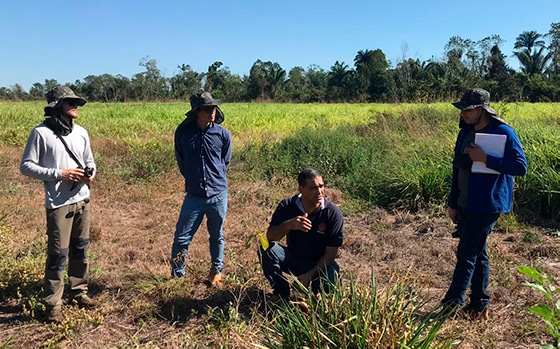
The day sparked many interesting discussions surrounding the move to more sustainable practices and the benefits this can create both for landowner, communities and the environment.
These educational sessions are one way we’re increasingly building strong relationship with landowners. This also served as an introduction to the Ecological Restoration course the BJF will hold in March, in partnership with Bioflora and LERF.
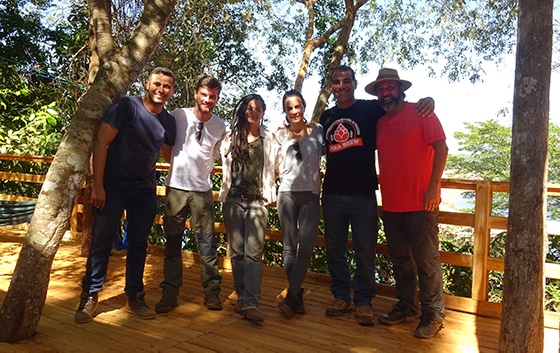
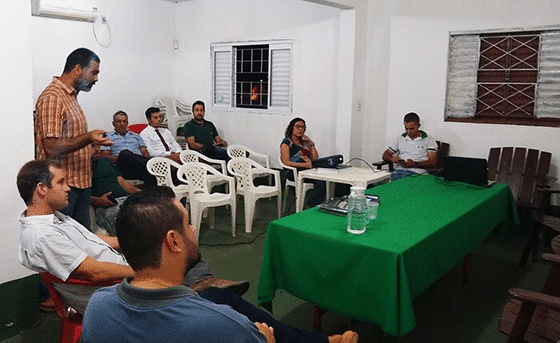
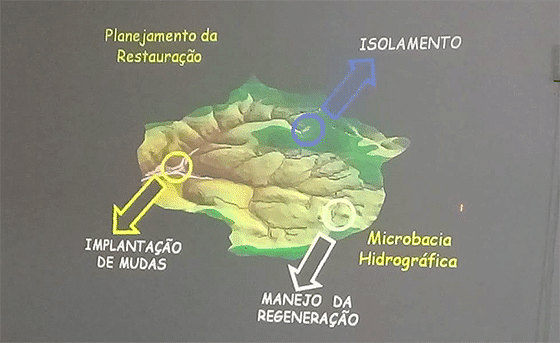
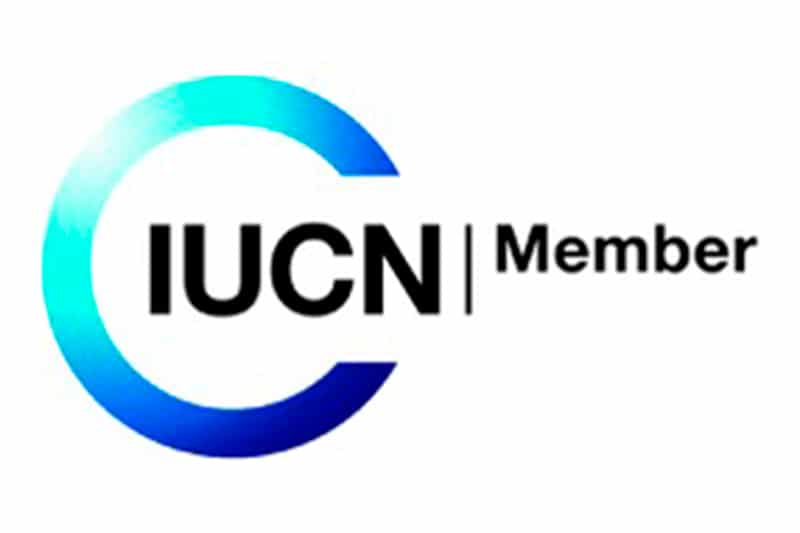
We are extremely proud to announce that we have officially been accepted as an IUCN member. The International Union for the Conservation of Nature is one of the worlds largest nature conservation organisations, composed of states, government agencies, NGOs, Indigenous Peoples’ organisations, academic institutions and business associations, harnessing the experience of its more than 1,300 member organisation.
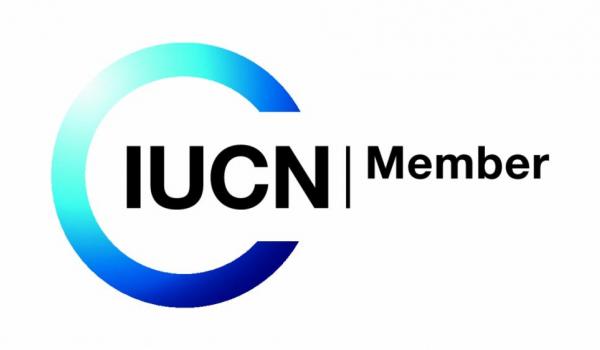
The IUCN represents a combined effort to conserve nature and accelerate the transition to sustainable development. It’s diverse, multidisciplinary nature means membership entails access to a wealth of resources and knowledge that helps organisations such as the BJF be as effective as possible.
In 2018 the IUCN celebrated its 70th anniversary. At this time they released a statement which said ‘No one government or organisation can correct humanity’s course alone.’ This is a notion the BJF share, we are not restoring the worlds longest biodiversity corridor, we are building a community that will extend for generations to come.
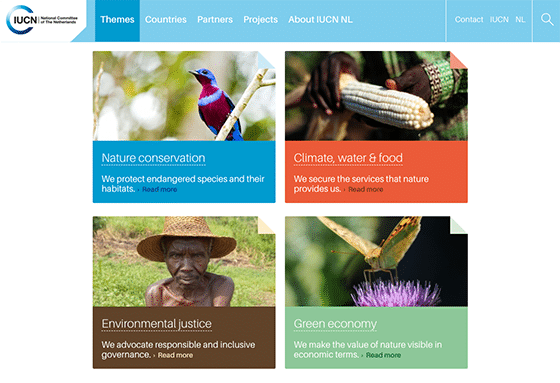
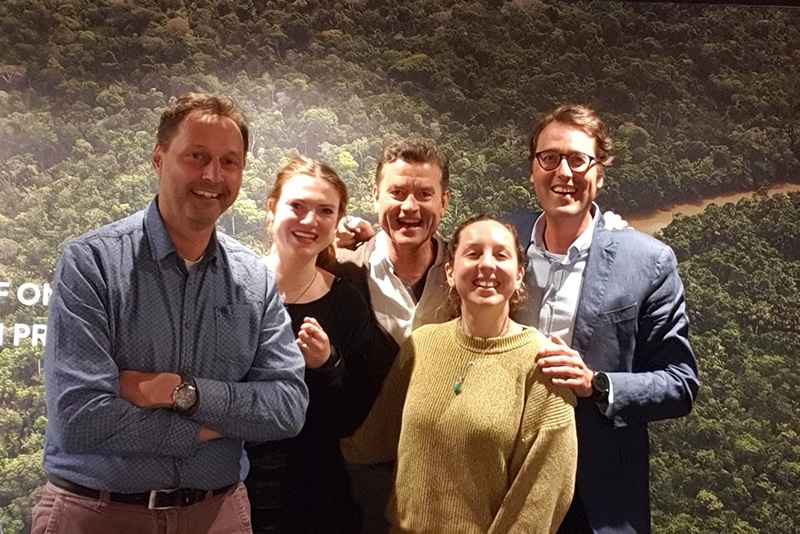
We are extremely happy to have Daisy Longden on board, taking over the reigns as Communications Coordinator. As we expand and our field operations develop, this role is more crucial than ever. Ensuring all sponsors and friends are kept up to date and making sure we deliver one clear, positive message. Trees are the solution!
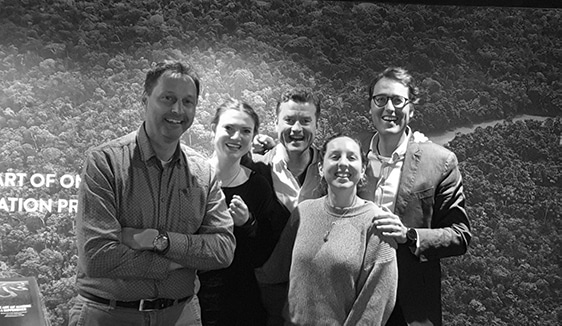
Originally from the UK, Daisy recently completed her masters in International Development at the University of Amsterdam, focusing on the co-dependence of social and environmental development. After her research into the social impact of environmental sustainability in the favelas of Rio de Janeiro, and with a history in communications, we are excited for Daisy to bring her knowledge to our vibrant core team.
